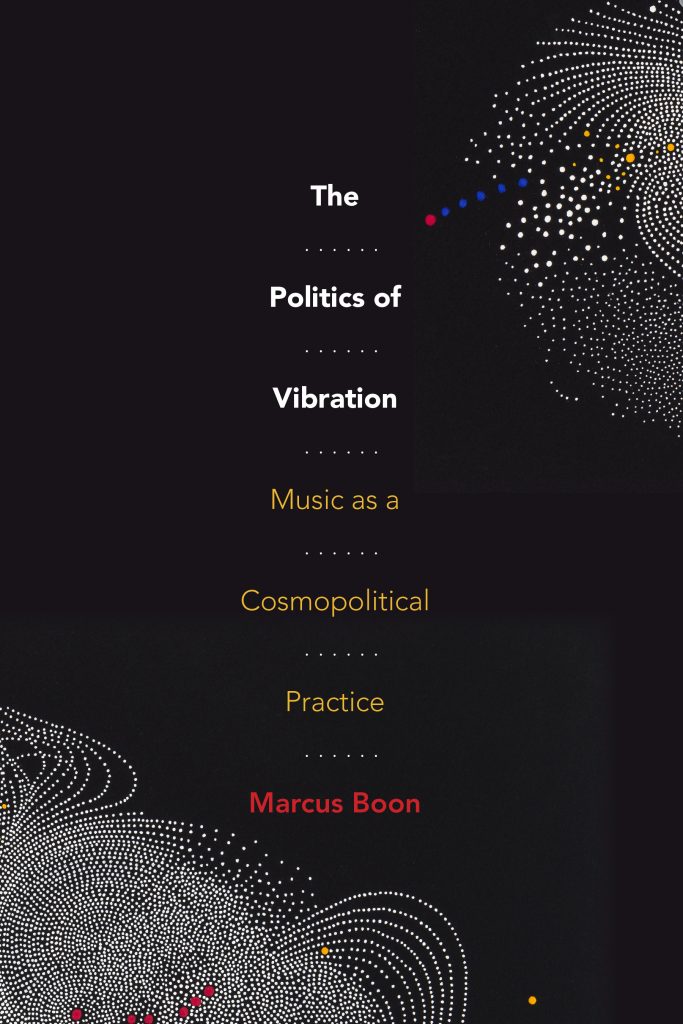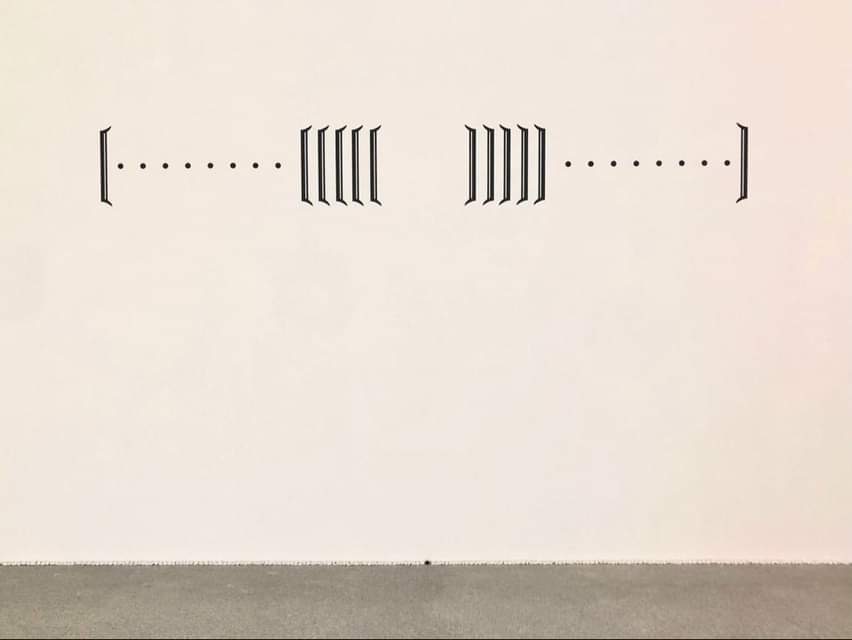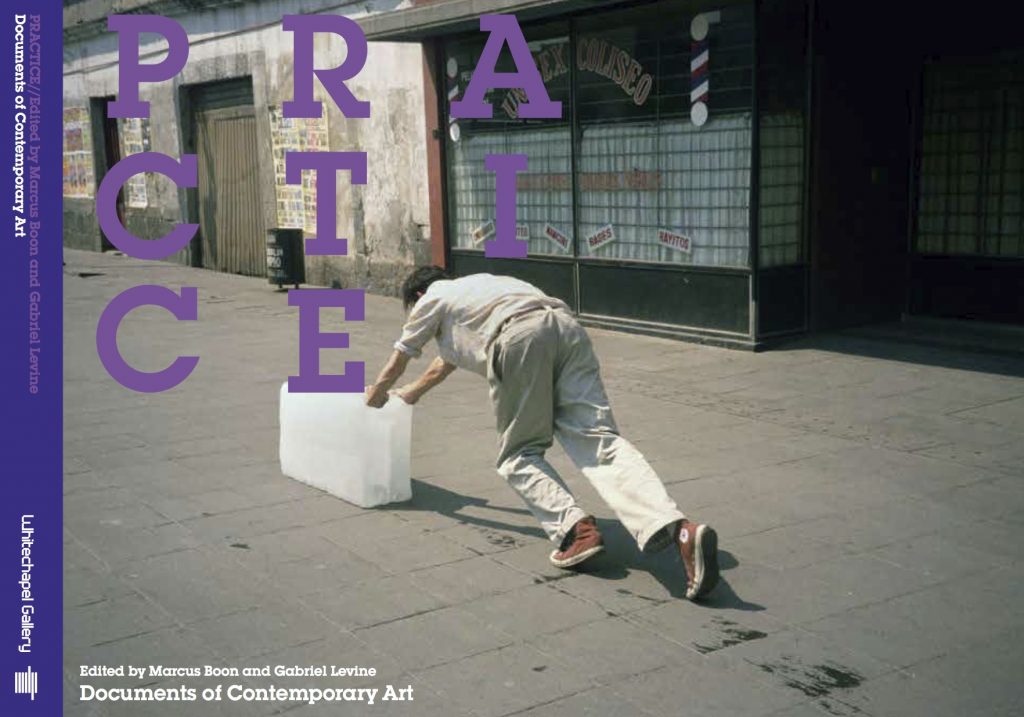
I’m a doing a series of events around my new book The Politics of Vibration in November and December.
I made a playlist of tracks and films related to the book for Duke’s blog — I also went into some of the ideas that the book explores, and I think it’s a useful primer for the whole project.
And I curated a mix of sounds related to the book for Seance Center’s excellent monthly NTS radio show — you can also listen to it on Soundcloud!
I did a wide ranging interview with Scott Stoneman for his Pretty Heady Stuff podcast — we got into everything from the sonics of bad breakups to Pharoah Sanders’ (RIP) recent recording with Floating Points.
I spoke at Goldsmiths’ Center for Sound Technology and Culture in London at the invitation of Julian Henriques, whose book Sonic Bodies and work on the rich vibrational ontology of sound system cultures was a major influence on my own writing.
And on November 12, I discussed the book and many other things with Siddhartha Lokanandi, owner and curator of the Hopscotch Reading Room in Berlin at silent green Kulturquartier for the Minor Cosmopolitanisms Assembly.
And soon I’ll post a discussion of the book that I had with writer, Expanding Mind podcast host, and all around countercultural sage Erik Davis.








